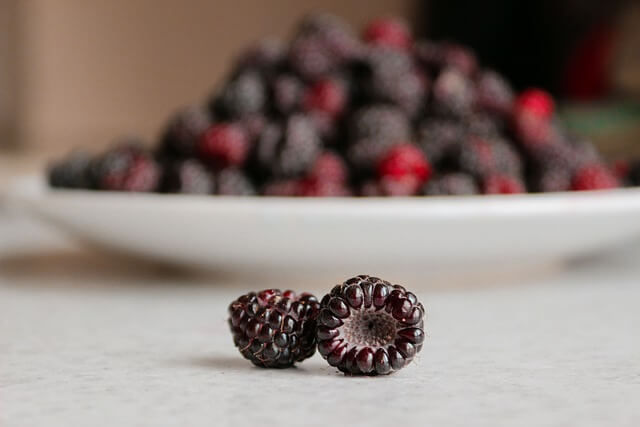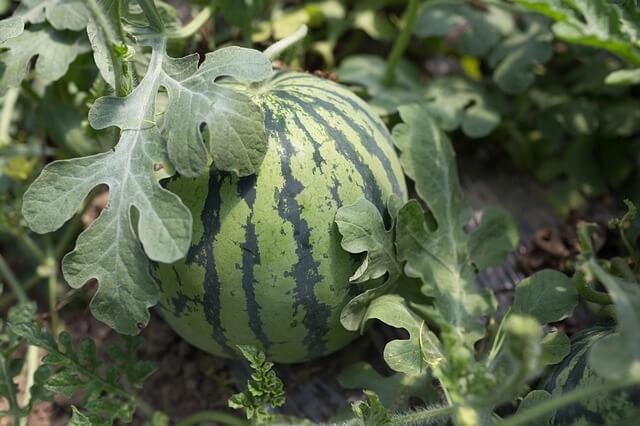You might have heard that if you have diabetes, you can’t eat fruit. Fruit contains carbs as well as fructose, a natural sugar that can boost blood sugar levels. However, it can still be included in your food plan. It’s chock-full of vitamins, minerals, and phytochemicals, which are potent plant molecules.
Fruit consumption may reduce your risk of heart disease, cancer, and stroke, as well as improve your general health, thanks to phytochemicals. This is significant since diabetes has been related to an increased risk of heart disease and other complications.
Fruits are also high in fiber. Fiber helps to avoid blood sugar increases by slowing digestion. It also makes you feel fuller, which can aid with weight management.
Healthy Ways to Eat Fruit
Small changes in your blood sugar levels can make a large effect. Make certain to
Keep a close eye on your portion proportions, especially when it comes to dried fruit. A tiny apple has the same amount of carbohydrates as two tablespoons of raisins.
When possible, use fresh or frozen fruit. Processed fruits, such as applesauce and canned fruit in syrup or juice, contain more carbohydrates and can elevate blood sugar levels faster than fresh fruits.
Check the label on any dried or processed fruit you eat. Many of them have sugar added to them, and serving sizes can be quite modest.
Don’t drink too much fruit juice. It’s heavy in carbohydrates: an eight-ounce glass of apple juice has 29 grams of carbohydrates. It also lacks fiber, which helps to delay digestion and avoid blood sugar spikes in the same way that whole fruit does. Drinking a lot of fruit juice has even been linked to an increased risk of type 2 diabetes in studies.
Distribute your fruit throughout the day. Instead of two breakfast portions, have one for breakfast and one for lunch or as a snack.
Healthiest Fruits for People With Diabetes
Fruits include vitamins, phytochemicals, and other nutrients that are beneficial to your health. However, some are more likely to reduce your risk of chronic disease:
Blackberries. Raw berries include 62 calories, 14 grams of carbs, and 7.6 grams of fiber per cup.
Strawberries. Whole strawberries have 46 calories, 11 grams of carbs, and 3 grams of fiber per cup.
Tomatoes. 32 calories, 7 grams of carbs, and 2 grams of fiber are included in one cup of sliced or chopped tomatoes.
Oranges. 69 calories, 17 grams of carbs, and 3 grams of fiber are found in one medium orange.
Fruits to avoid
Fruit should not be avoided by diabetics in general, since it is an important element of a well-balanced diet. Consuming fruit, for example, may help to avoid diabetes, according to some research.
A diabetic, on the other hand, can make informed decisions about which fruits to consume.
High sugar fruits
Although fruits with a high GI score are healthy for persons with diabetes, they should be consumed in moderation. The majority of fruits do not receive good marks, however those that do include:
- bananas that are quite ripe
- dates that have been dried
- watermelon pineapples
High carb fruits
To limit the influence of carbs on blood sugar levels, some diabetics follow a low-carb diet.
High-carb fruits may have fewer carbs than other, less nutrient-dense foods. A big banana, for example, has roughly 30 grams (g) of carbs, but a chocolate muffin has about 55 g.
Before taking off fruits, a person should work on reducing their intake of other high-carb meals.
How much fruit should I eat?
Adults and children should consume 5 servings of fruits and vegetables per day, according to most standards. This is still true in the case of diabetics.
Other recommendations state that half of each meal’s plate should contain fruits, vegetables, or both.
Nonstarchy veggies, rather than fruit, should make up half of each meal for a diabetic. Protein and high fiber carbohydrates, such as beans or whole grains, should make up the remaining half of your diet. Many experts also advocate consuming healthy fat at each meal to promote satiety and improve antioxidant and vitamin absorption.
A medium-sized fruit or a baseball-sized portion equals one serving. Smaller fruits, such as berries, have a serving size of 1 cup.
The serving size for processed fruits like applesauce and fruit juice is half a cup. It’s 2 tablespoons for dried fruits like raisins and cherries.
As with veggies, concentrating on diversity can help you absorb the correct nutrients while also allowing you to sample a variety of flavors.
Benefits for diabetes
Getting adequate fiber in your diet is crucial for diabetic management.
A diet high in soluble fiber can help manage blood sugar levels by slowing sugar absorption. Many fruits are rich in fiber, especially when peel or pulp are eaten. Many fruits are full due to their high fiber and water content.
Obesity, heart attack, and stroke risk can all be reduced with a diet rich in fruits and vegetables. Obesity has been linked to the development of type 2 diabetes.
Fruits are a wonderful choice when it comes to meal planning because they are abundant in fiber and minerals. However, because processed fruits, such as applesauce and fruit juices, have had their fiber removed, restrict the quantity on the menu.
Other health benefits of fruit
People with diabetes should have a balanced diet that provides enough energy and helps them maintain a healthy weight. Some fruits, such as watermelon, are high in sugar but can be part of a healthy diet in moderate amounts.
Opting for fruit can also prevent a person with a sweet tooth from reaching for candy and other foods with low nutritional value. Most fruits are high in nutrients and low in fat and sodium. Fruits also often contain nutrients that other foods do not.
Bananas contain potassium and tryptophan, an important amino acid. Citrus fruits, such as oranges and grapefruits, are rich in vitamins A and C, which are powerful antioxidants.
Summary
Some fruits, such as very ripe bananas, have a high GI score and should be avoided or consumed in moderation by diabetics. Limiting your intake of processed, canned, or dried fruits with added sugar is also a smart suggestion.
Fruit, on the other hand, remains an important element of a balanced diet and provides essential nutrients. Before lowering the amount of fruit consumed, a person should reduce their intake of other sweet meals.



